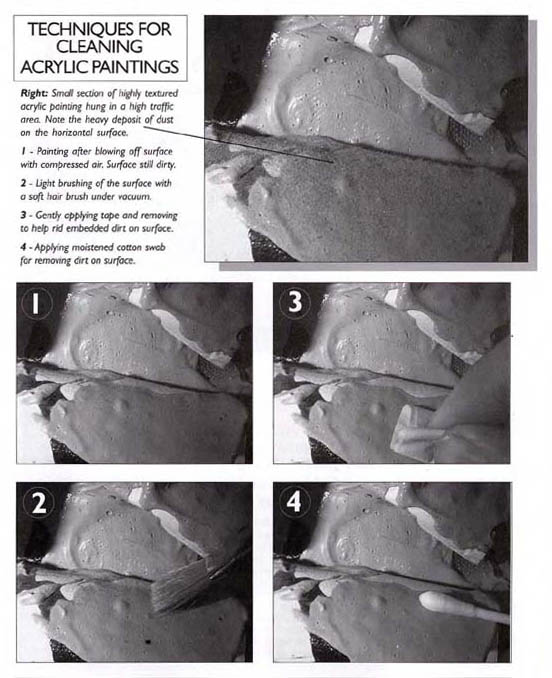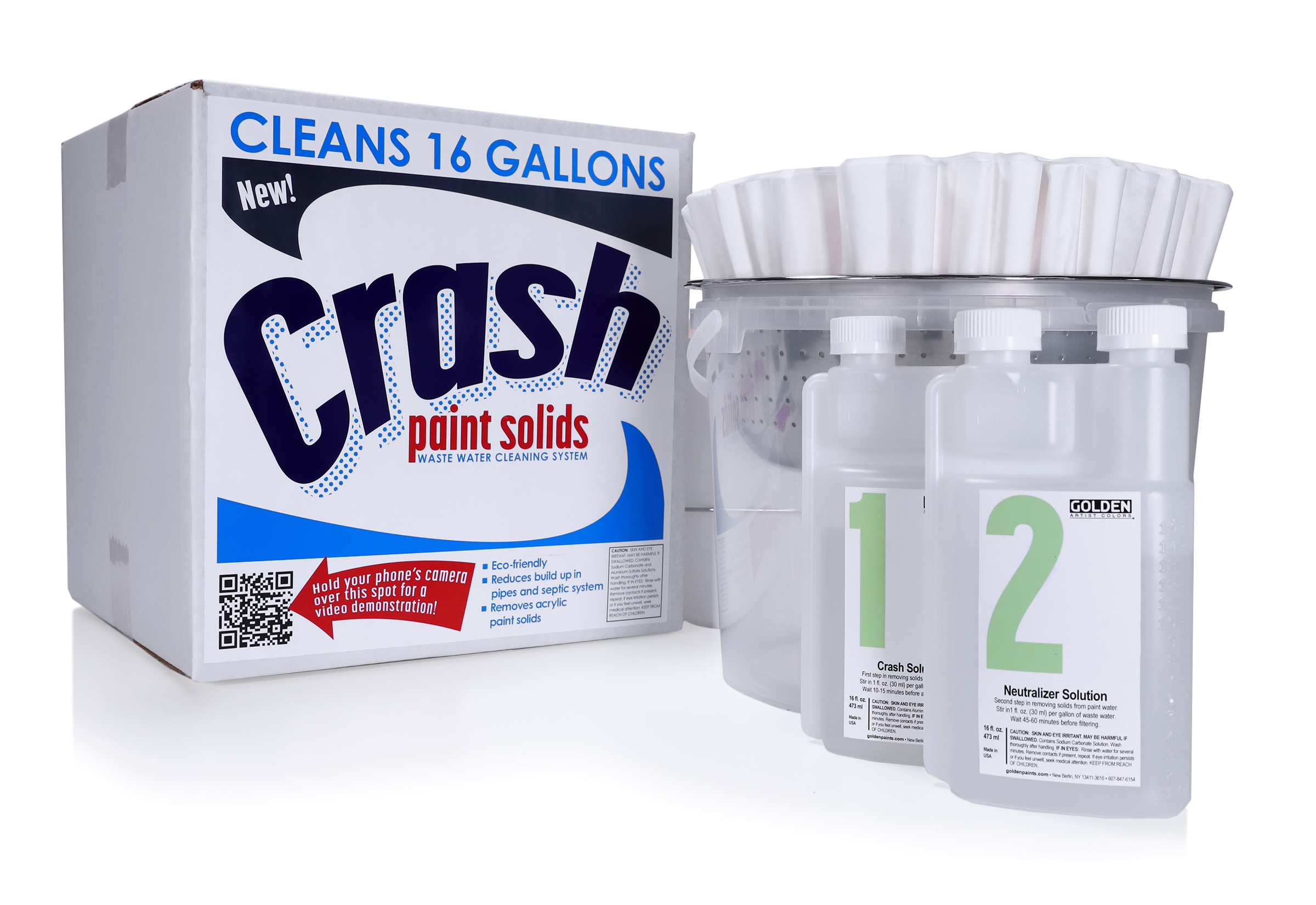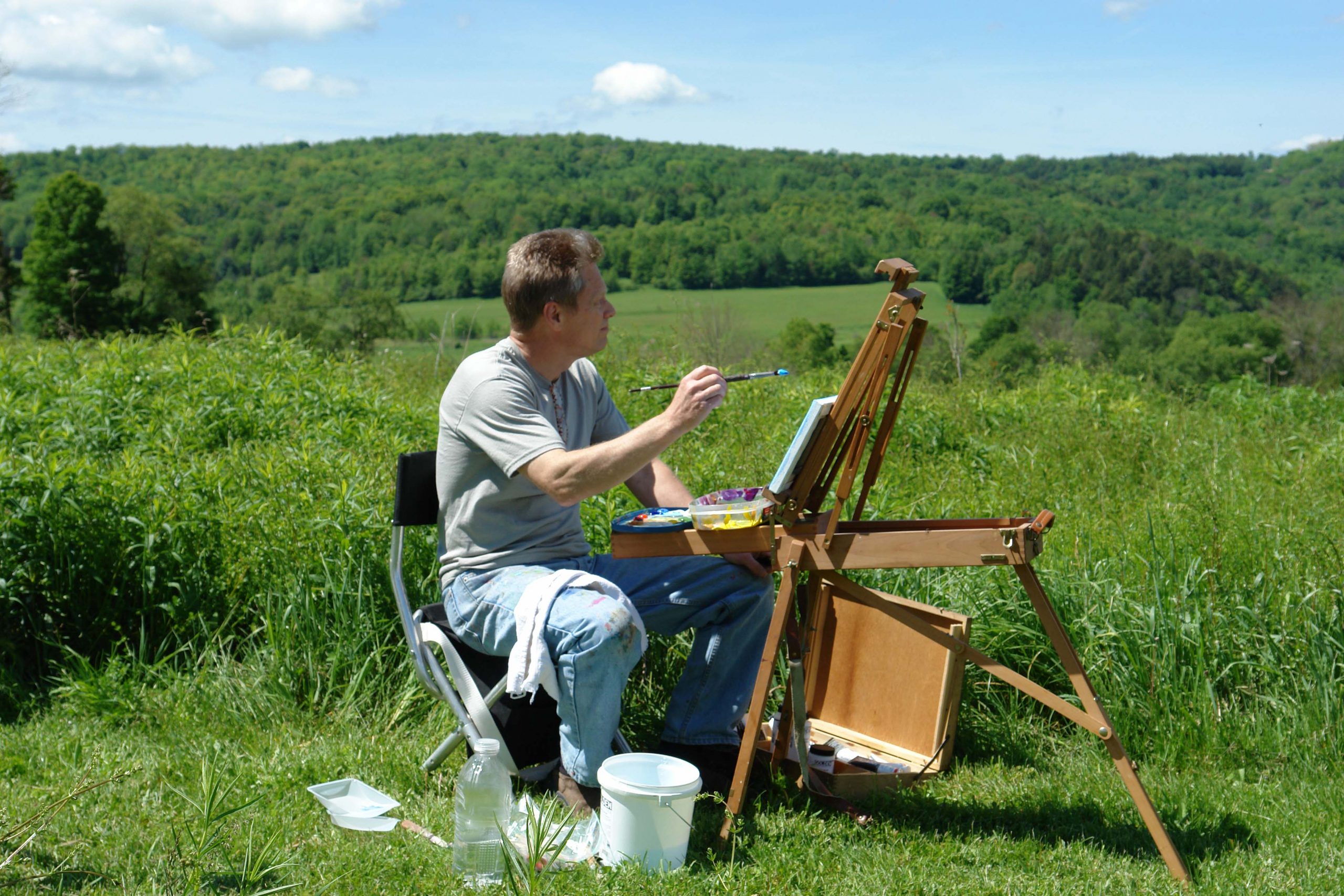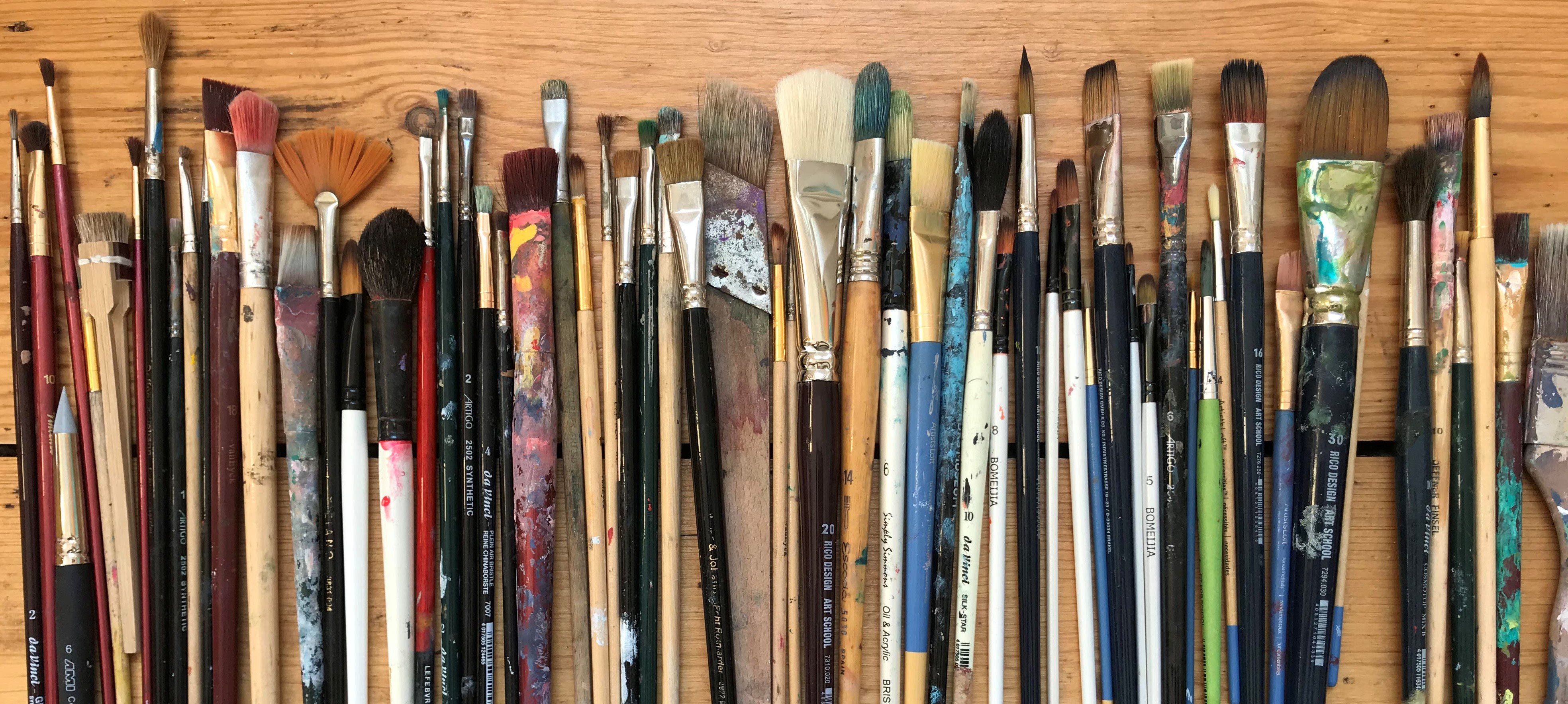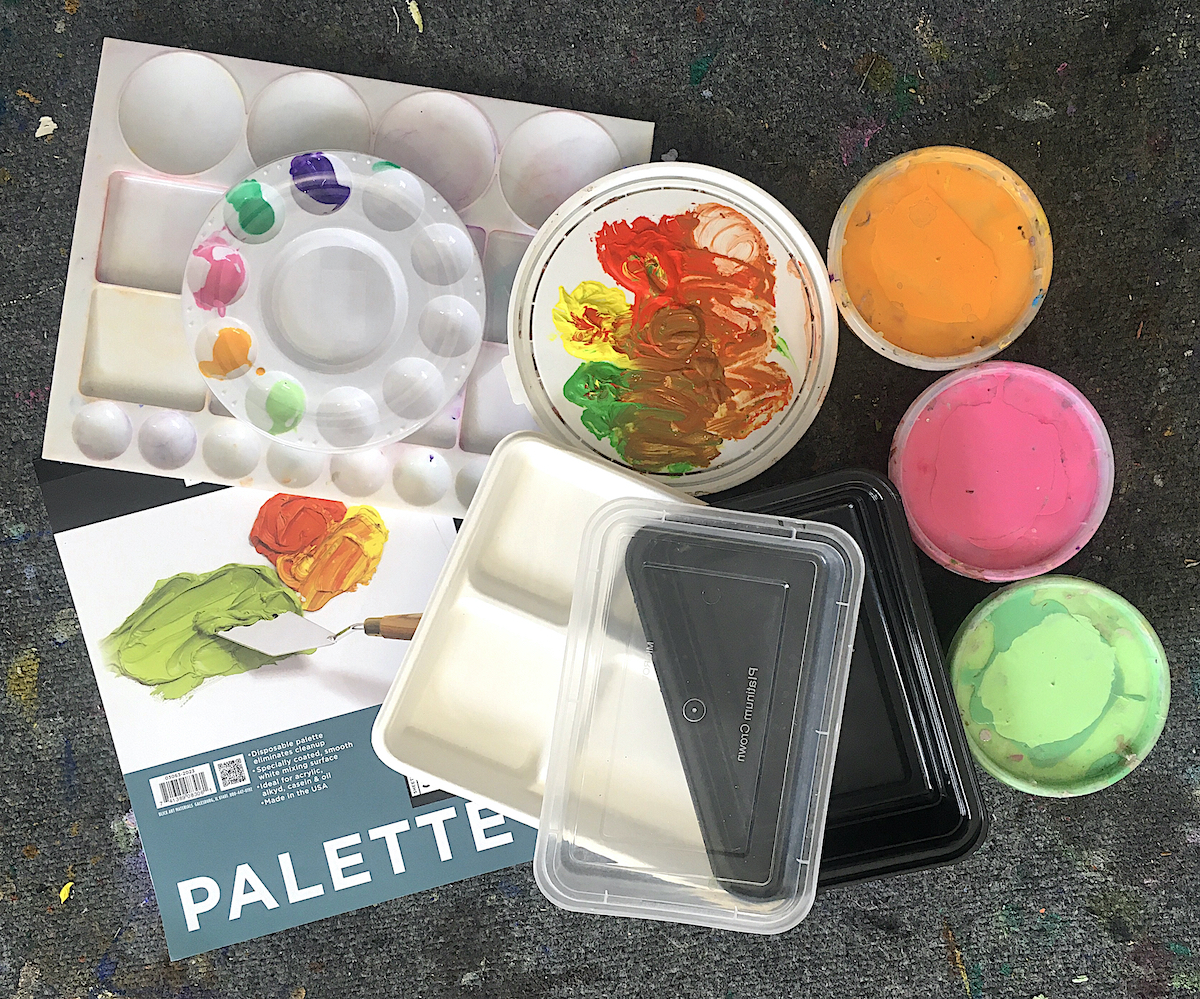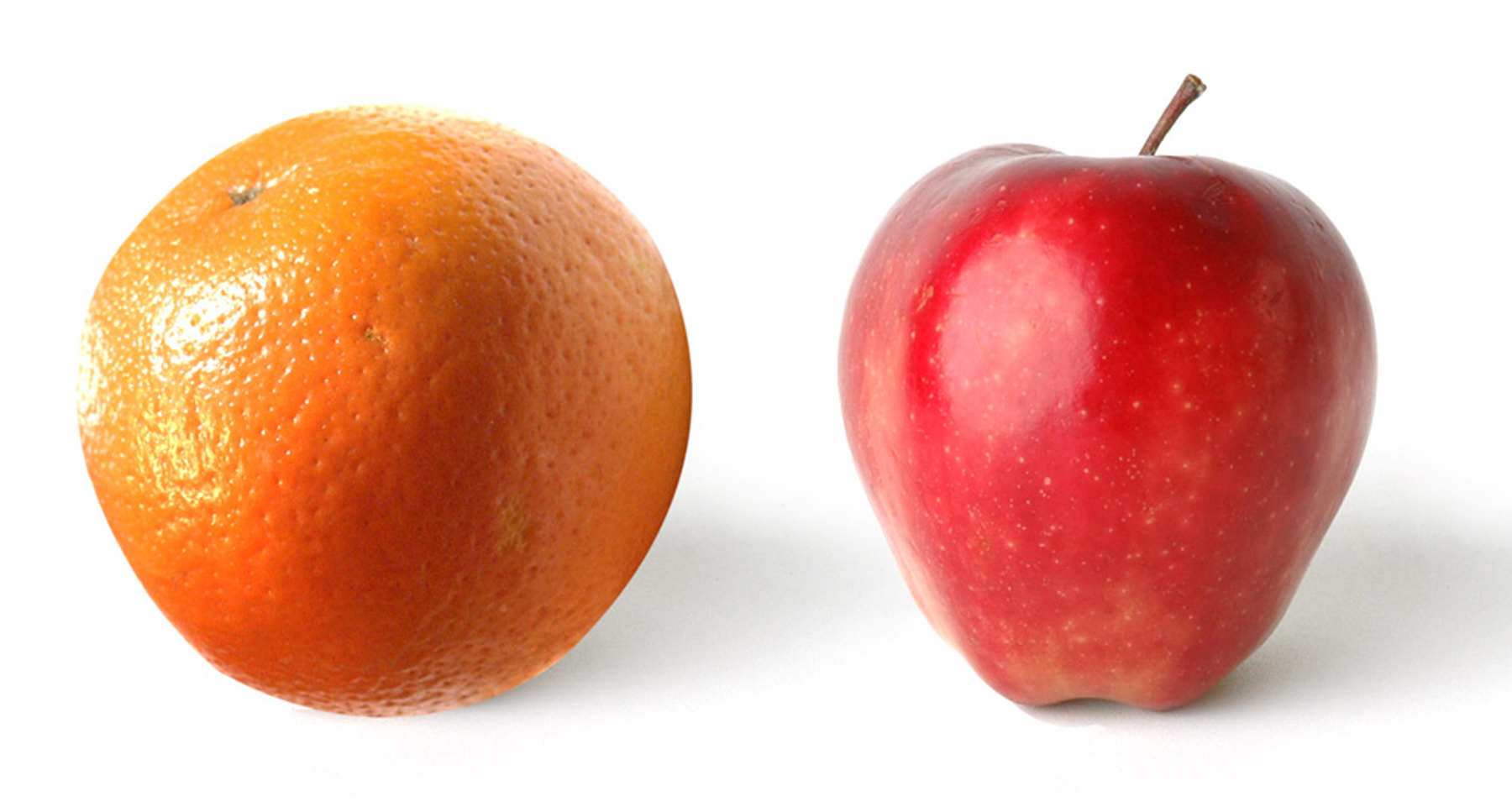Techniques for Cleaning Acrylic Paintings
EDITOR’S NOTE (4/26/23): Please note that Polymer Varnish has been discontinued and replaced with Gloss Waterborne Varnish. You can read more about it here. As with any surface around the home, office, or especially, in a public place, paintings become a depository for airborne dust. They can also get touched occasionally, either inadvertently or purposefully, and may … Read more
